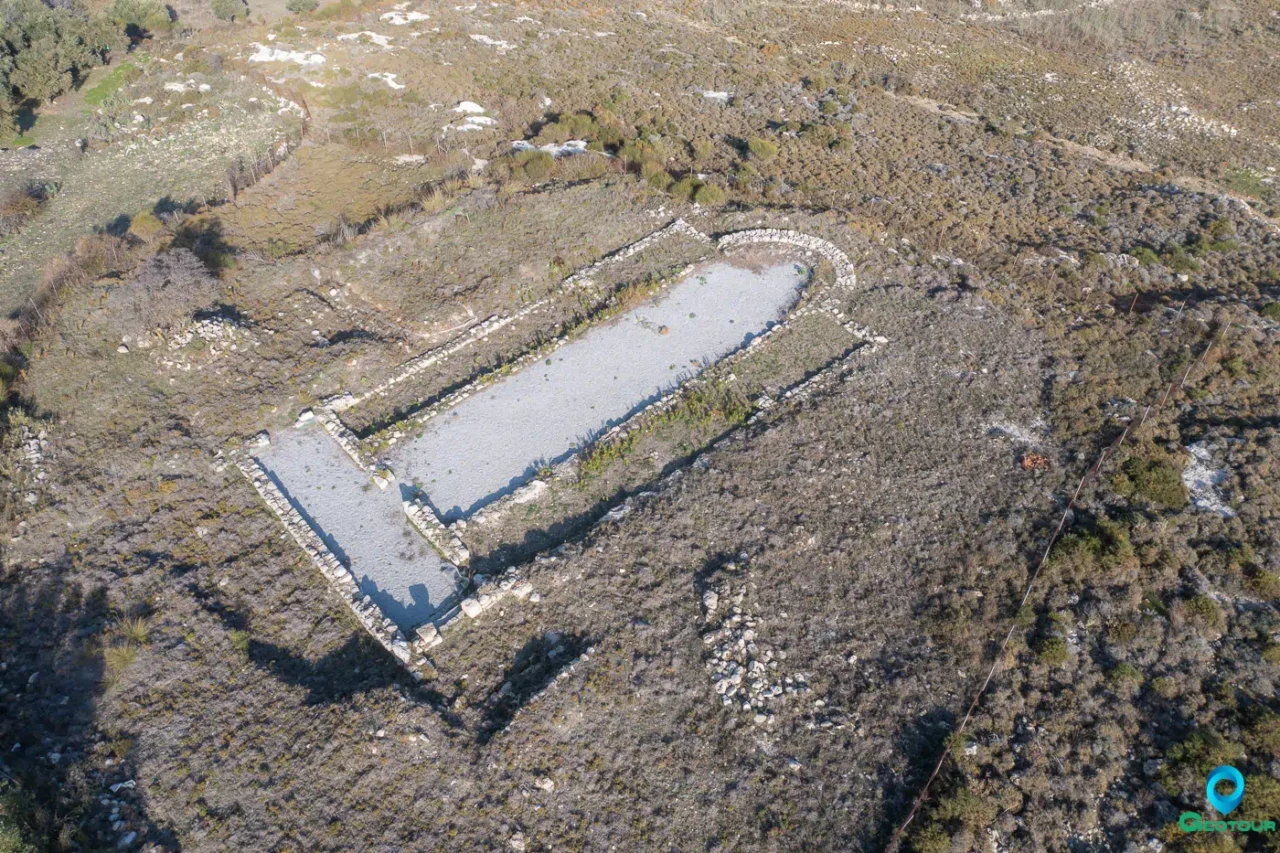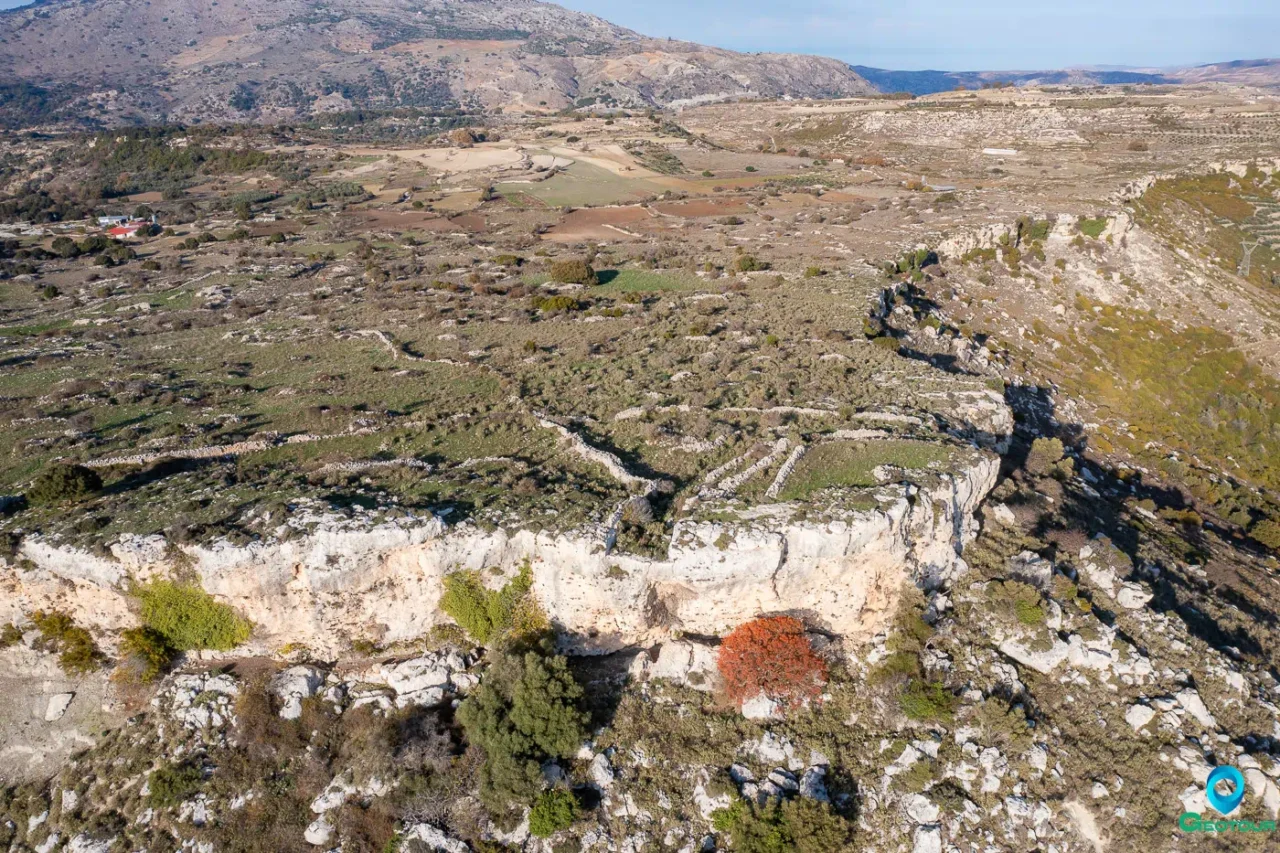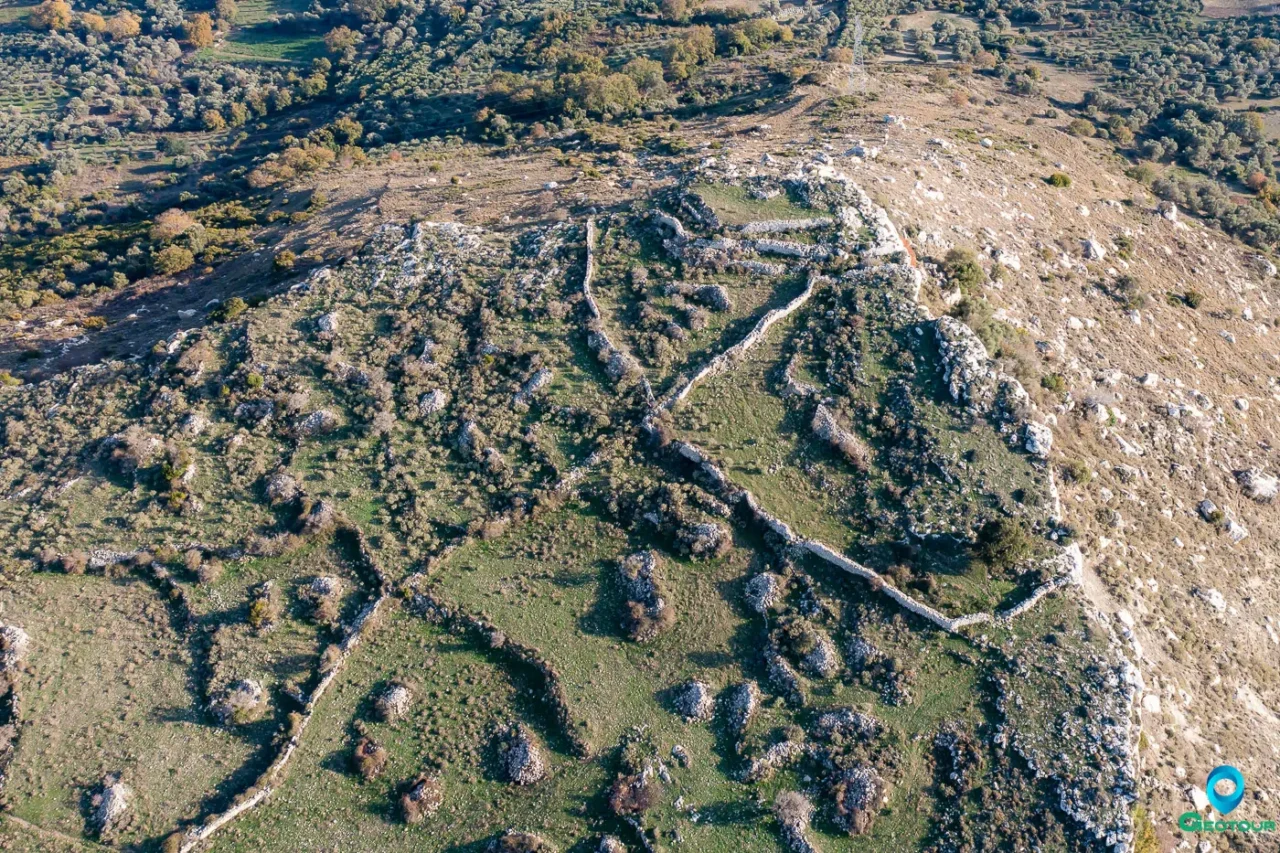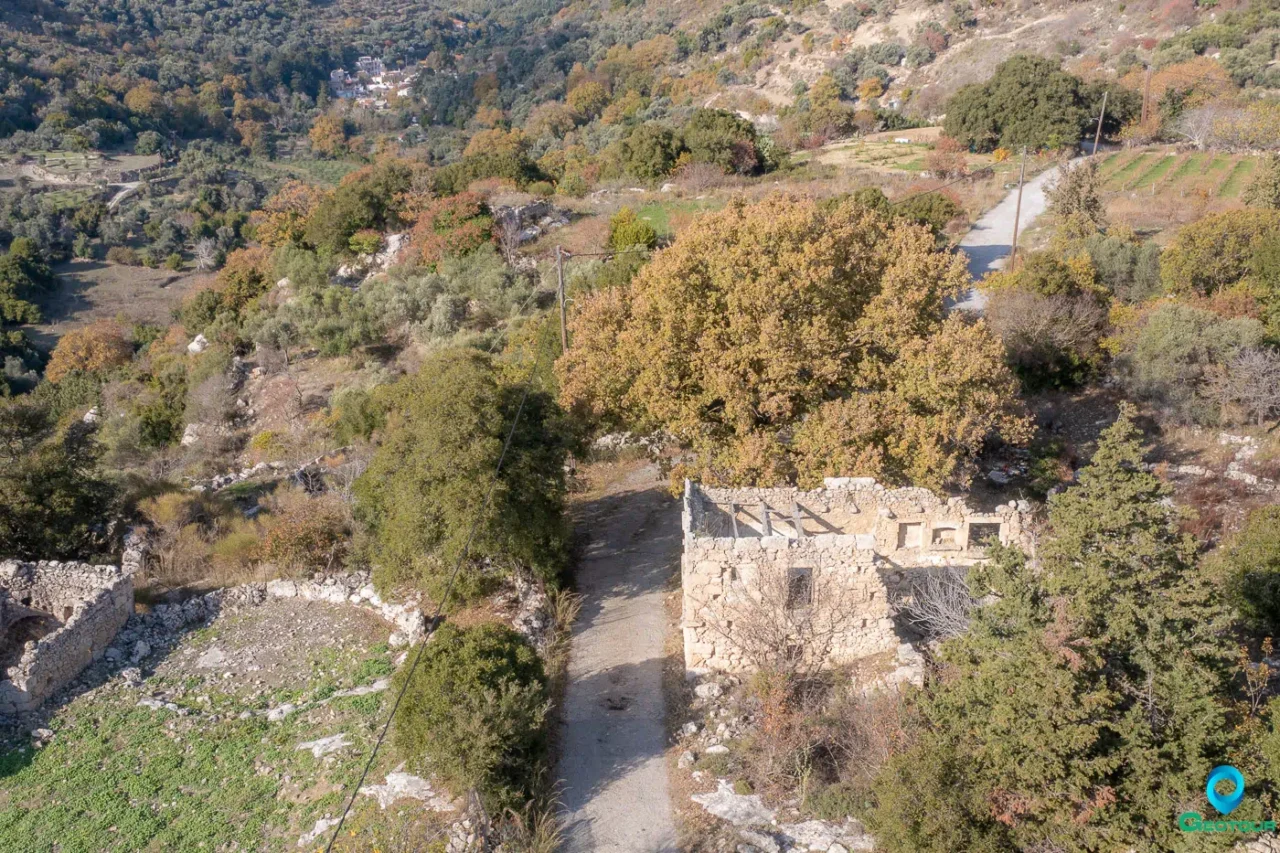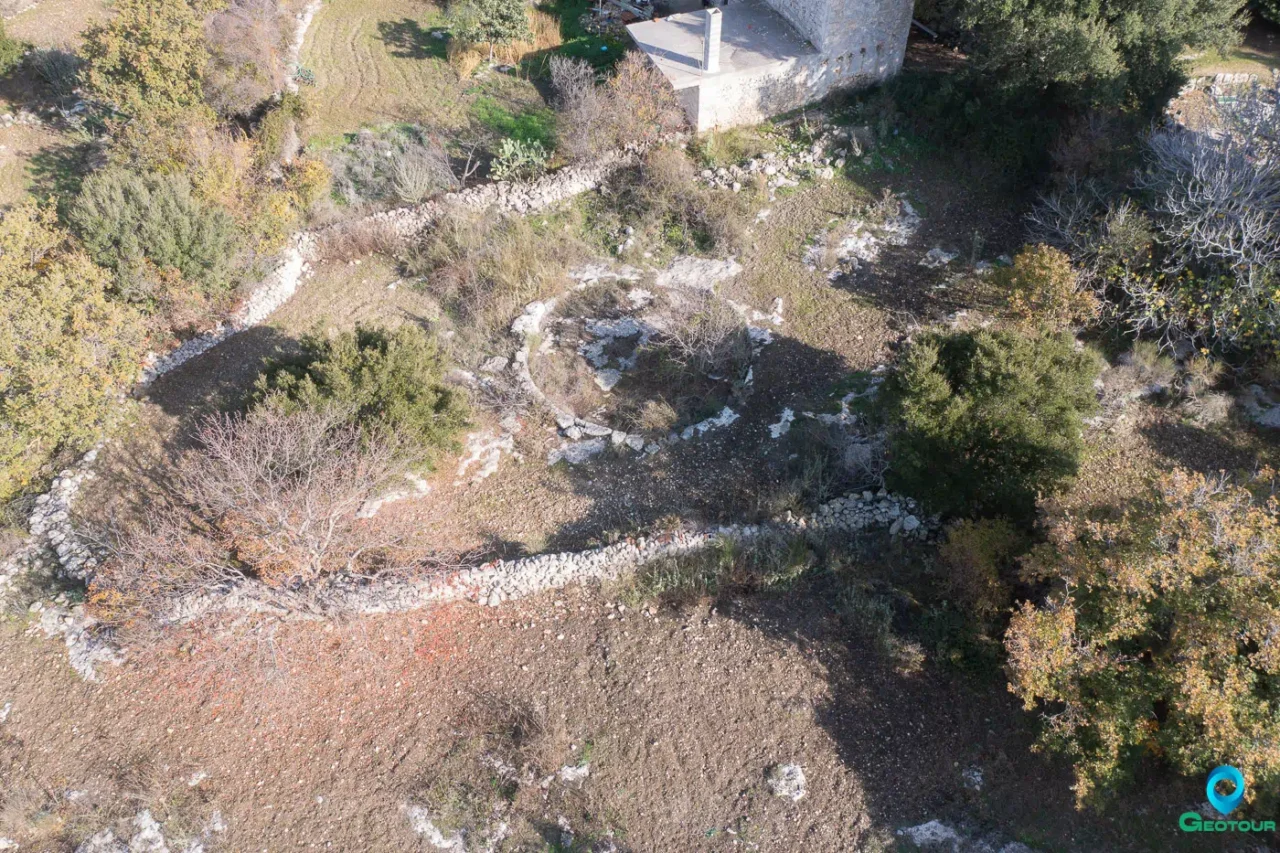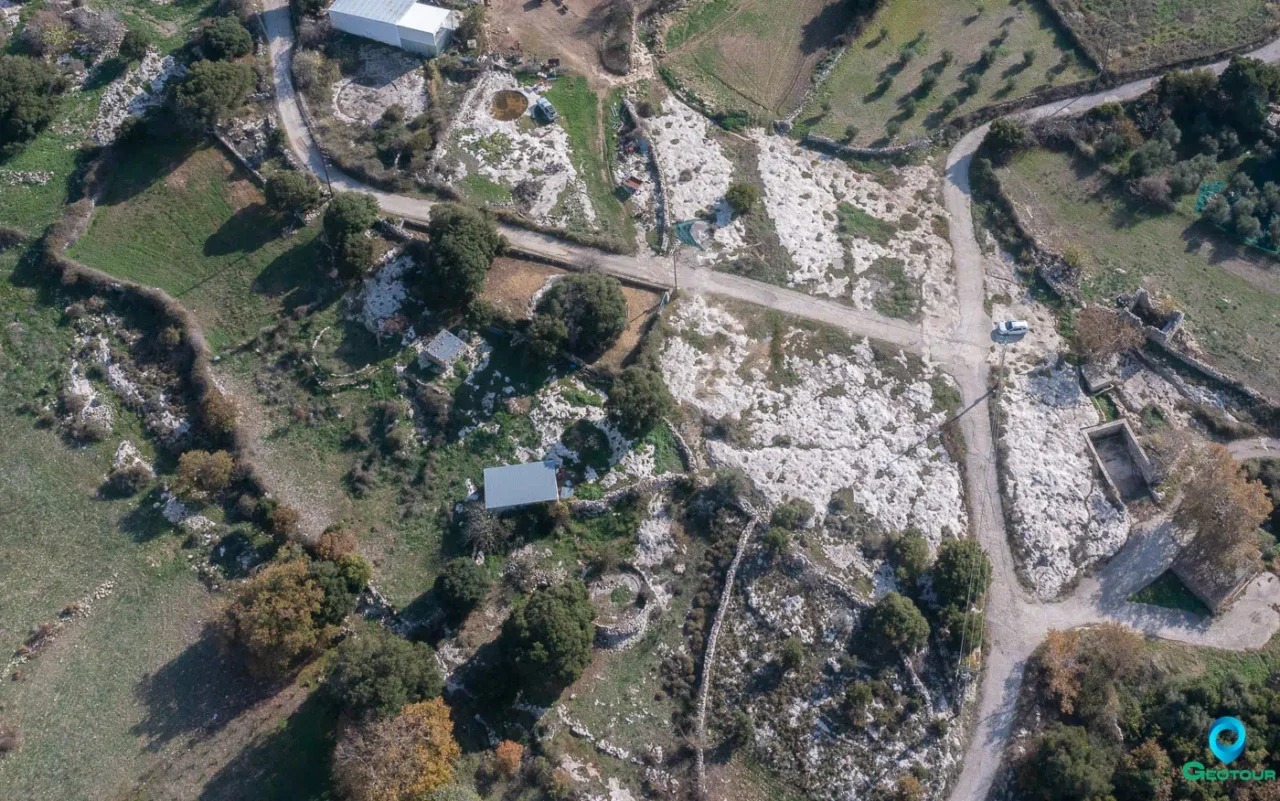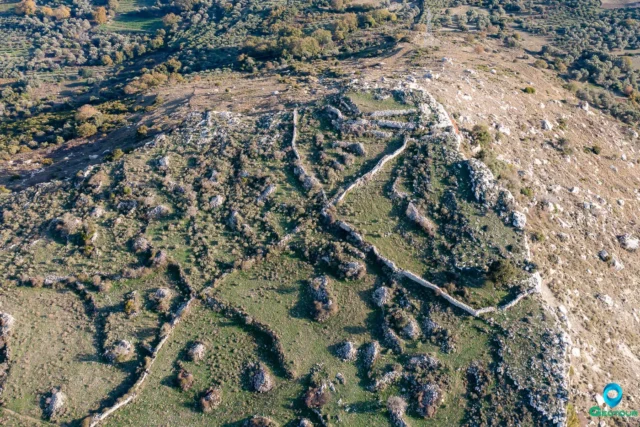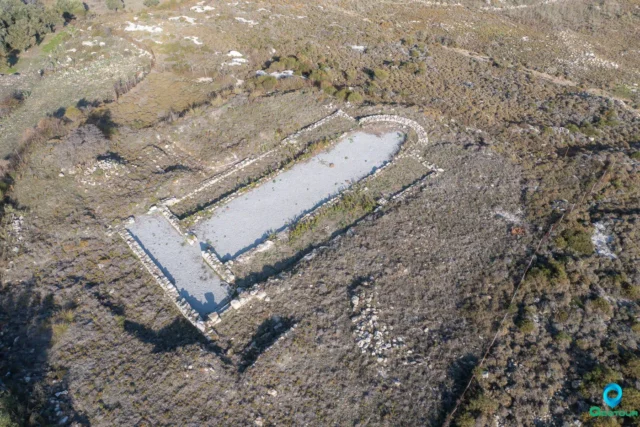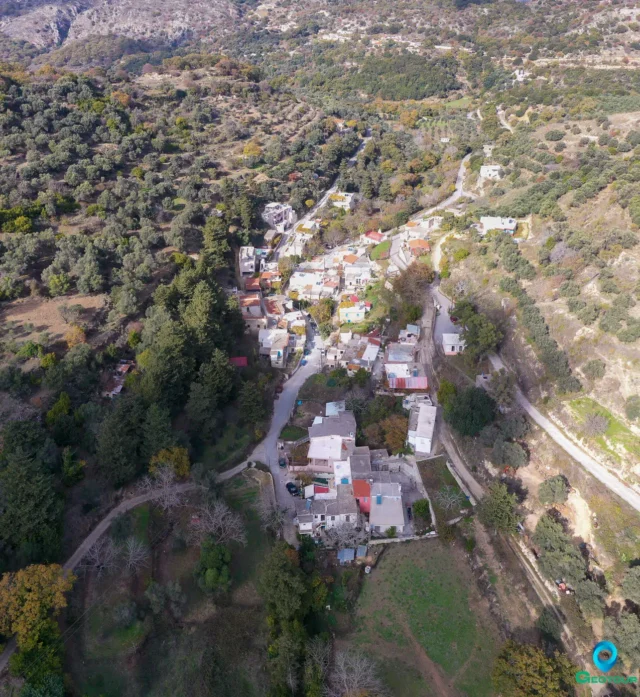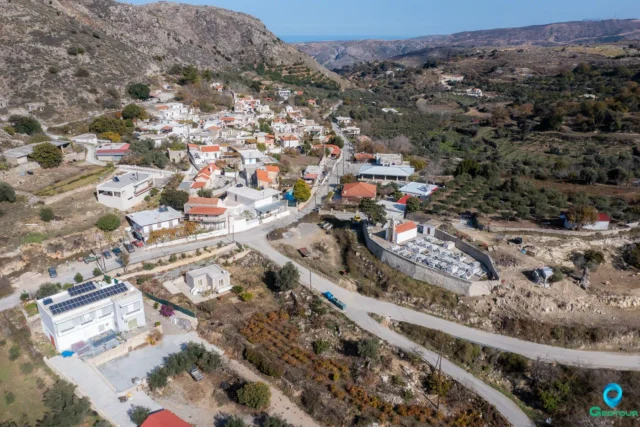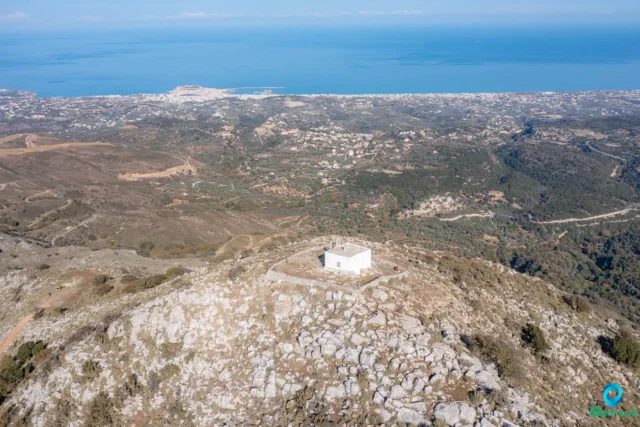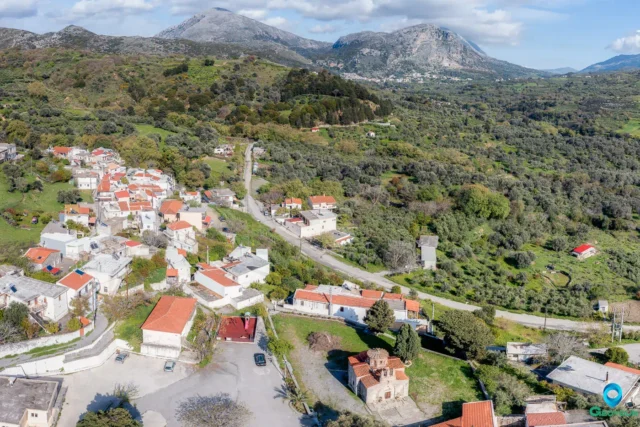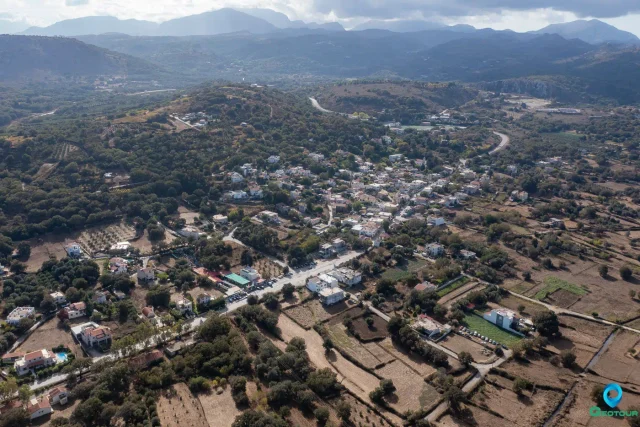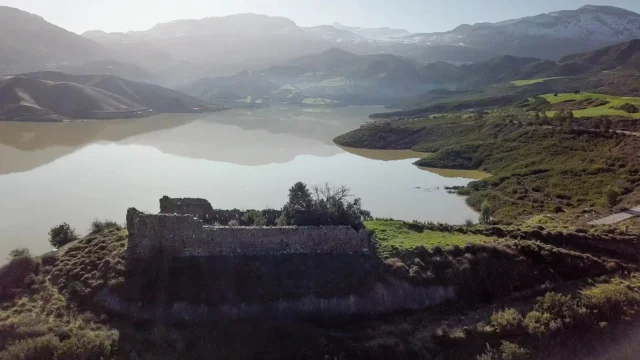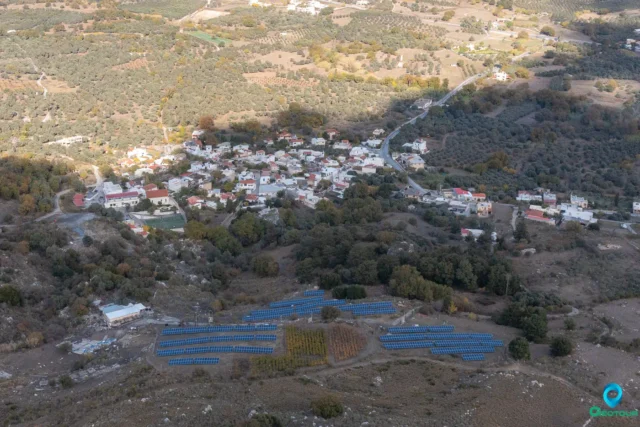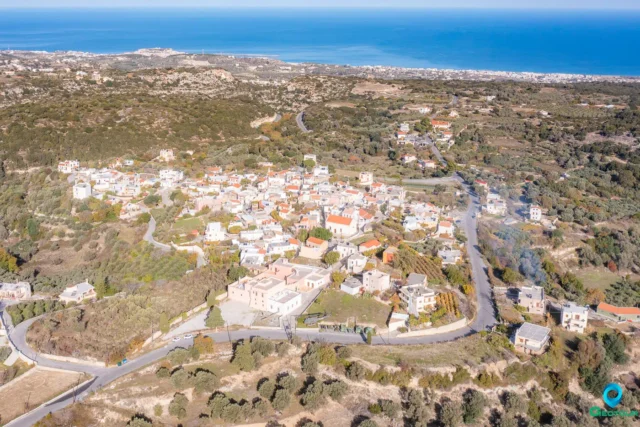Onithe, an archaeological site near Goulediana in Rethymno, Crete, presents a unique window into the island’s rich history. Although its ancient name remains uncertain, the site’s ruins and artifacts reveal a vibrant past spanning millennia.
Location and Geography
Onithe is located on a plateau in the southeastern part of the ancient territory of Rethymno. Its strategic position offered control over key passages and provided natural defenses. The site is accessible from the north, where the modern-day village of Goulediana is situated.
Historical Significance
Evidence suggests that the area of Onithe has been inhabited since the Neolithic period (4th millennium BC). Surface finds, including pottery shards and a bronze zodiac, point to continued occupation during the Minoan era (3rd-1st millennium BC). The settlement likely transitioned into a city during the Archaic period (7th-6th century BC), becoming a powerful center in the region. Its large houses, fortifications, and exquisite metalwork and sculptures speak to its prosperity and cultural vibrancy.
Life in Onithe continued through the Classical (5th-4th century BC) and Hellenistic periods (3rd-2nd century BC). Although evidence is limited due to a lack of extensive research, the reconstruction of the acropolis in the Hellenistic period underscores the city’s military power and involvement in civil conflicts of the time.
The city persisted, albeit in a weakened state, into the Roman period (1st century BC – 4th century AD). Coins and surface pottery are the primary relics from this era. During the Late Roman and Early Byzantine periods (5th-6th centuries AD), a large basilica with intricate mosaics was constructed, indicating a degree of prosperity. The construction of a medieval chapel over the basilica suggests that the site was inhabited until the 8th century AD. After this period, the city seems to have been abandoned or reduced to a small, insignificant settlement.
The area was repopulated during the Venetian period, as evidenced by settlement remains and the construction of several small churches. The settlement appears to have been modest and possibly linked to seasonal farming activities.
Onithe was also inhabited during the Ottoman period, during which the original settlement expanded, and agricultural production flourished. Today, the plateau is marked by depopulation and abandonment.
Key Subsites
-
The Acropolis: Located at the highest point of the plateau, the acropolis provides a commanding view of the surrounding area. It features pseudo-isodomic walls and a tower, likely dating back to the Hellenistic period.
-
House A: This large complex of rooms, covering an area of 400 square meters, has yielded an abundance of pottery and pithoi. The size and contents of the complex suggest a possible public function, perhaps as an ‘andreion’ (men’s house).
-
The Ancient Spring and Sanctuary: An ancient spring, possibly dating back to the Archaic period, is located near House A. The discovery of a statue of a seated female deity near the spring suggests the presence of a sanctuary.
-
The Paleochristian Basilica: This large, three-aisled basilica, dating to the 5th-6th centuries AD, features well-preserved mosaics. Its construction indicates a degree of prosperity in Onithe during the Early Byzantine period.
The Name of the Ancient City
The identification of the ancient city at Onithe is challenging due to the lack of definitive evidence. No ancient inscriptions have been found, and the recovered coins date from the Roman period onwards, making it difficult to determine the city’s ancient name.
Scholarly attempts to identify the city have relied on indirect information from literary and epigraphic sources. Some researchers have proposed that the city is Osmida, mentioned in ancient texts like the Periplous. Others have suggested that it is Phalanna, a city listed in the ‘catalogue of the thearodokoi,’ a record of cities visited by official envoys of the Delphic sanctuary. However, neither identification is conclusive.
Based on the geographical features of the area, it has been suggested that Onithe may have been an early settlement center for ancient Rhithymna, which later grew into the powerful city located at present-day Rethymno. This model of settlement, with a primary center in a highland location and a secondary center in a lowland area or port, is not uncommon in ancient Crete.
Conclusion
The archaeological site of Onithe offers a captivating glimpse into Crete’s multifaceted past. Its well-preserved ruins and diverse artifacts provide tangible links to the island’s ancient civilizations, from the Neolithic period to the Venetian and Ottoman eras. While the ancient name of the city at Onithe may remain a mystery, its historical and archaeological significance is undeniable.
References:
- K. Psaroudakis, Archaiologia Online
- N. Platon, 1956, ‘Excavation at Onithe Gouledianon, Rethymno,’ Praktika tis Archaiologikis Etaireias, pp. 378-382.
- A. Thomas Vasilakis, 2000, ‘The 147 Cities of Ancient Crete,’ Kentro Kritologikou Logou kai Technis.










